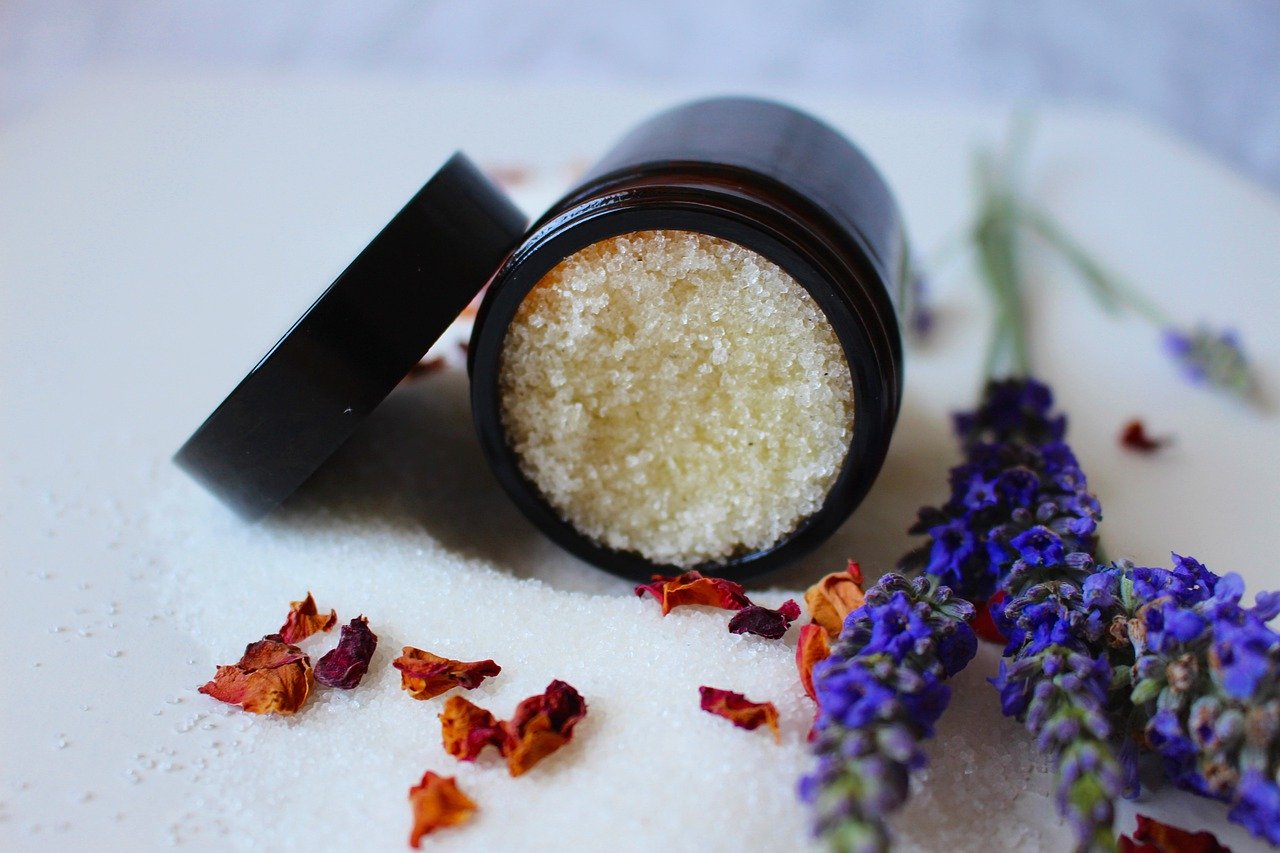
Enzymatic peeling consists in exfoliating the epidermis. The treatment is gentle, therefore it is suitable for different types of skin, including sensitive and vascular. Find out how does the enzyme peeling work and what are the effects.
Enzymatic peeling is suitable for every skin type. It is suitable for oily, combination and dry skins. The gentle peeling does not contain abrasive particles, so it can be used by people with imperfections. This is because pimples will not break out, which will avoid spreading bacteria all over your face. Enzymatic peeling is also suitable for couperose skin, which could be harmed by mechanical exfoliation. In case of extremely sensitive skin, it is recommended to apply the cosmetic for about 5 minutes – longer time could lead to irritation.
Enzymatic peeling contains fruit or herbal enzymes, which lead to dissolution of the stratum corneum. The component most often responsible for the exfoliating properties of the cosmetic is bromelain, which is obtained from pineapple fruit. The enzyme has exfoliating, cleansing, smoothing and sebum-regulating properties.
Enzymatic peels also use papain, which comes from papaya. The plant enzyme has a softening effect and leads to the dissolution of dead skin cells. A scrub with papain makes the complexion smooth and cleansed. The
enzymeis good for oily skin as it reduces excess serumThe
enzyme peeling can be enriched with plant extracts, moisturizers, vitamins and oils. One of the ingredients of the exfoliating preparation can be geranium oil, which is extracted from geranium. It has a soothing, redness-reducing and firming effect on the skin. In enzymatic scrubs you can find sweet almond oil. It is supposed to regenerate, soothe, nourish and smooth the skin. In the composition of preparations for enzymatic peeling you can find jojoba oil, which acts soothing and firming. Exfoliating cosmetics are also enriched with papaya leaf extract – an antibacterial agent.
Enzymatic peeling, although gentle and safe, requires proper skin preparation. First of all, before the first use of cosmetics, you need to do an allergy test. Just a small amount of product applied behind the ear, after a few minutes rinse with water and wait 24 hours to see if there are any adverse reactions, such as rash, itching or swelling.
The day before using an enzyme peel, you should not use cosmetics with acids or retinol. You should not use an exfoliator on irritated skin, such as after a microdermabrasion treatment.
Before applying an enzyme peel, you should thoroughly cleanse your face and then apply a pH-balancing toner to it. After this step, you can apply the exfoliating product. If it is in the form of a mask, it is worth using a brush for application. When applying the peeling, avoid the area around the eyes and mouth. The layer of cosmetic should not be too thick.
After the time specified by the manufacturer (usually it is 5-10 minutes), rinse with lukewarm water and apply a skin tonic, serum and cream. After exfoliation you can also apply a moisturizing sheet mask. The skin free from keratinized epidermal cells will better absorb active ingredients.
Enzymatic peeling is gentle, but you can not use it too often. Twice a week is enough to enjoy cleansed, refreshed skin with an even color. More frequent exfoliation of the epidermis may bring negative effects, for example significant dryness of the skin.